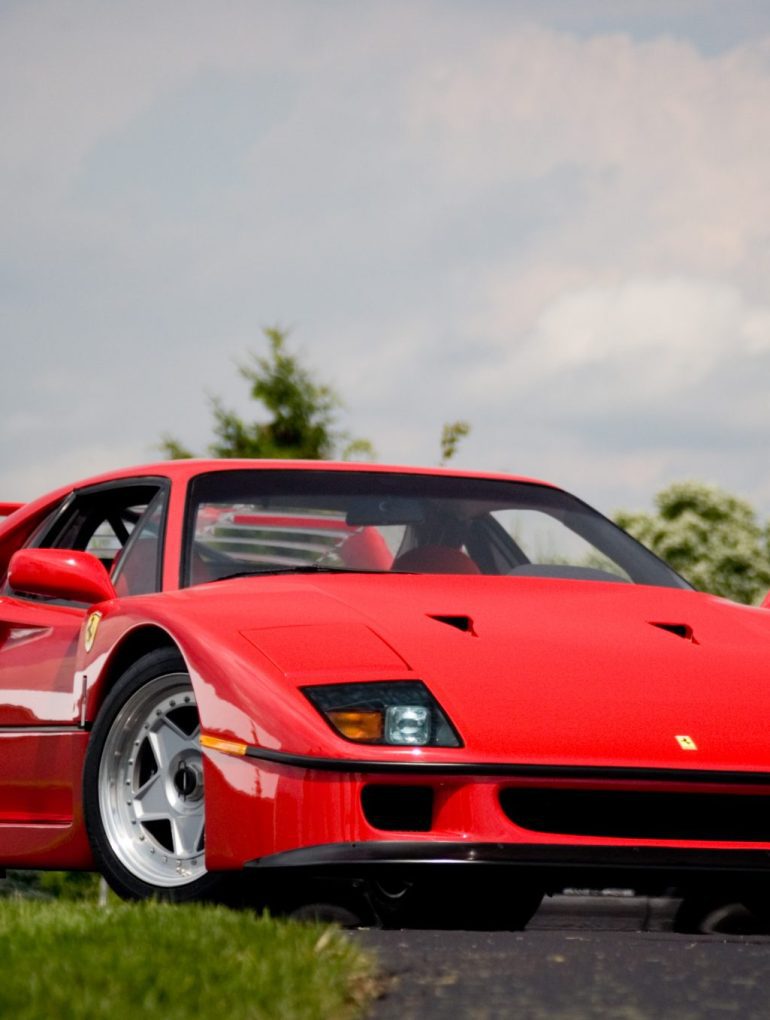The Greatest Supercars And Sports Cars Of The 1980s
The seventies brought us futuristic visions of wedge-shaped supercars with pop-up headlamps. The eighties took things to the next level, with the forward-looking computer-aided vehicles going up against arguably purer machines which but the driver completely in control of their own destiny, leaving lap times (and, occasionally, survival) down to a measure of sheer talent vs technology. Read on for our selection of the greatest supercars of the 1980s.
Don’t forget to check out our other Greatest Ever Supercars and Sports Cars posts.



